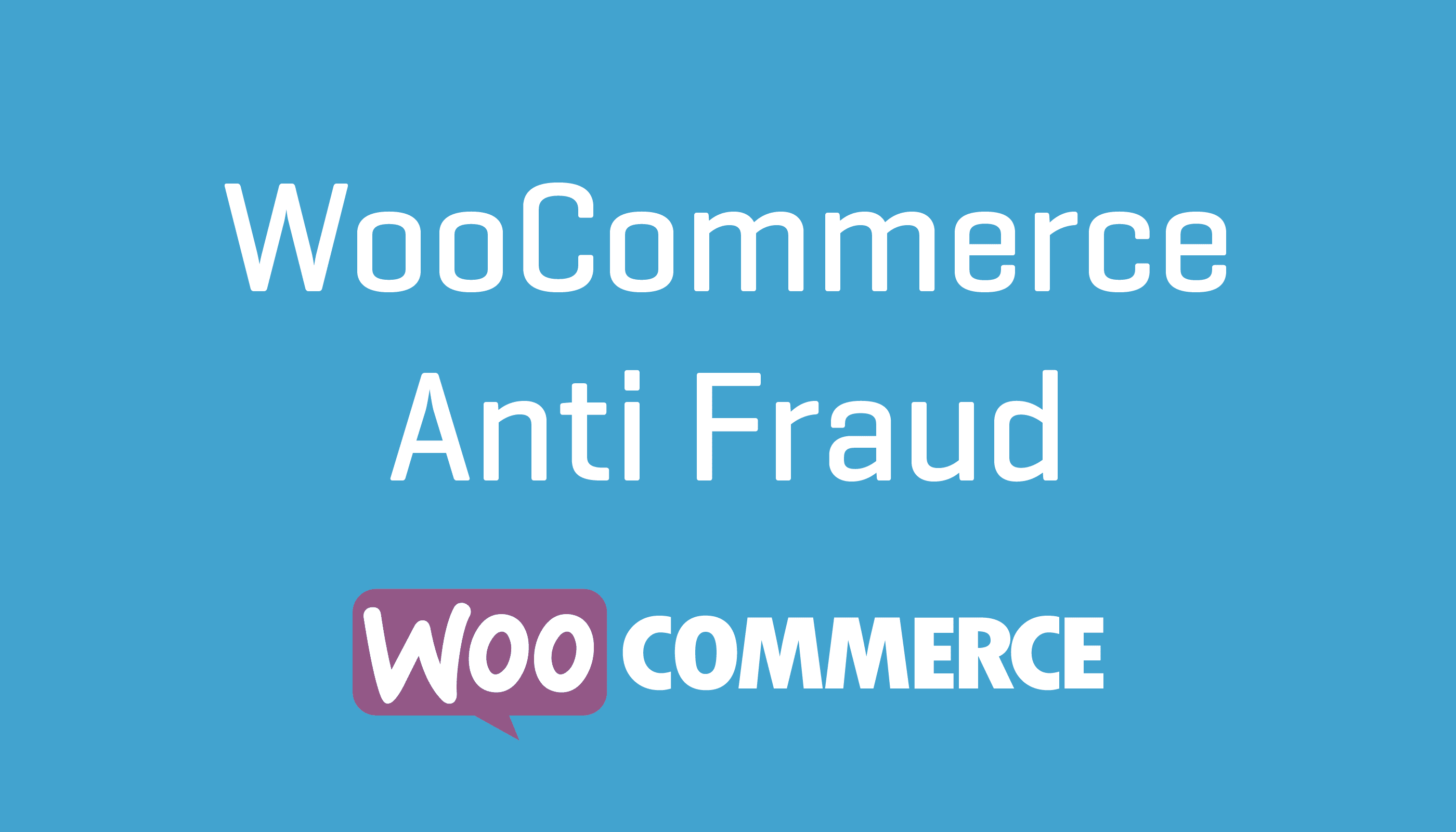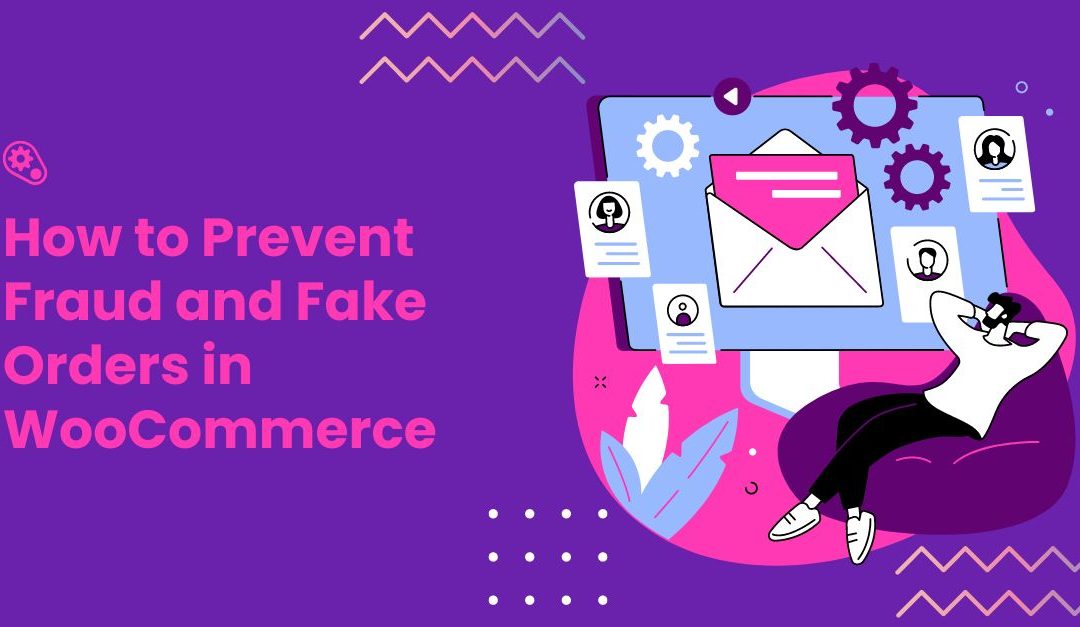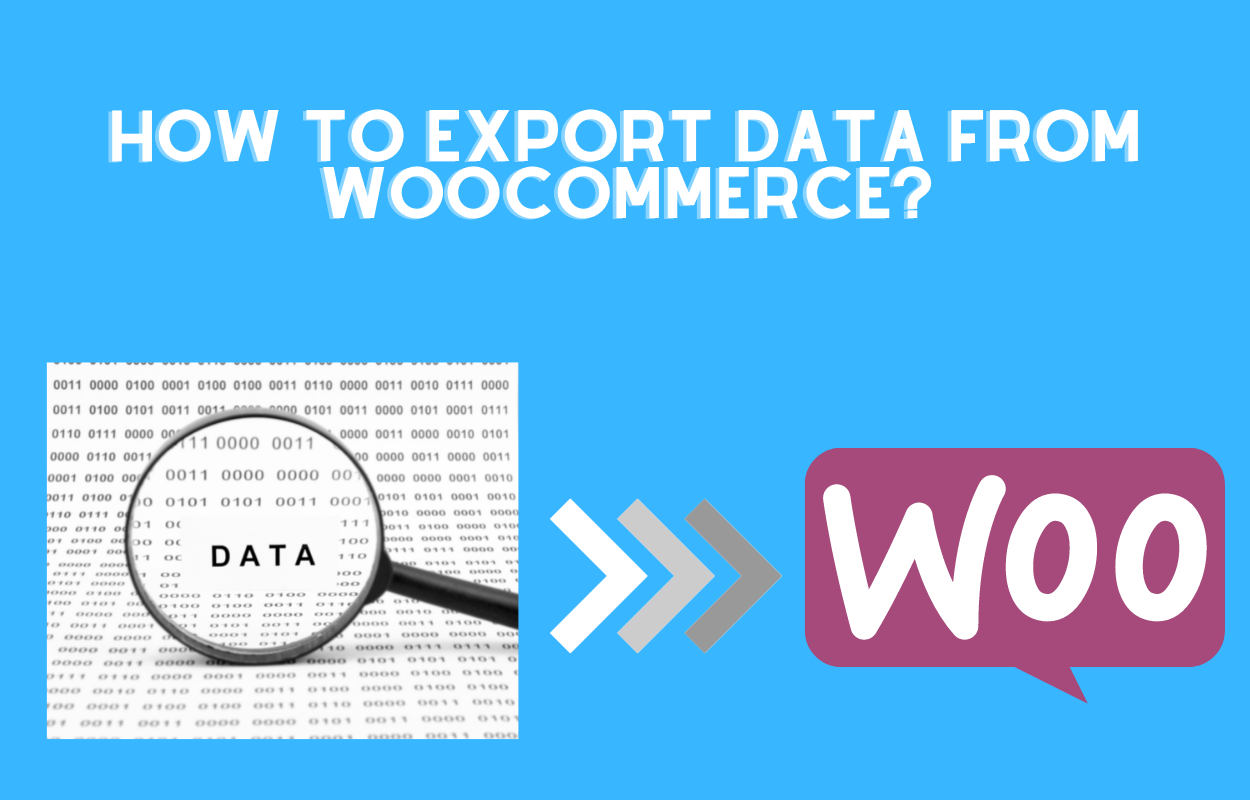Running an online store with WooCommerce can be incredibly rewarding, but it also comes with its share of challenges. One of the most pressing issues for e-commerce businesses is the threat of fraud and fake orders. These can lead to financial losses, wasted resources, and damage to your reputation. In this blog post, we’ll explore effective strategies to help you prevent fraud and fake orders in your WooCommerce shop.
Understanding the Risks
Before diving into prevention techniques, it’s essential to understand the types of fraud that can occur in online stores:
- Credit Card Fraud: Using stolen credit card information for purchases.
- Chargebacks: Customers disputing transactions after receiving goods.
- Fake Accounts: Creating accounts for the purpose of placing fraudulent orders.
- Return Fraud: Purchasing items and returning them for a refund without proper cause.
Strategies to Prevent Fraud in WooCommerce
1. Implement Strong Security Measures
Securing your WooCommerce store is crucial to protect your business from fraud, data breaches, and other cyber threats. Strong security measures not only safeguard your sensitive information but also build trust with your customers. Here’s a comprehensive guide on how to implement robust security measures for your WooCommerce site.
1.1 Install an SSL Certificate
Why It Matters: An SSL (Secure Socket Layer) certificate encrypts data transmitted between your website and your customers. This encryption helps protect sensitive information like credit card details and personal data from being intercepted.
How to Implement:
- Purchase an SSL certificate from a reputable provider or obtain a free one from Let’s Encrypt.
- Install the certificate on your web server. Most hosting providers offer this as a part of their service.
- Ensure your site uses HTTPS by updating your WordPress Address and Site Address under Settings > General.
1.2 Use Secure Payment Gateways
Why It Matters: Secure payment gateways help protect your customers’ payment information during transactions. They also provide built-in fraud detection features.
Recommended Gateways:
- PayPal: Offers buyer protection and is widely trusted by consumers.
- Stripe: Known for its robust security measures, including PCI compliance.
- Authorize.Net: Provides advanced fraud detection tools and secure payment processing.
How to Implement:
- Choose a payment gateway that suits your business needs.
- Follow the integration instructions provided by the gateway to securely connect it to your WooCommerce store.
1.3 Regular Software Updates
Why It Matters: Keeping your WooCommerce, WordPress, themes, and plugins updated is essential for security. Updates often include patches for vulnerabilities that could be exploited by hackers.
How to Implement:
- Enable automatic updates for WordPress core, themes, and plugins.
- Regularly check for updates by navigating to the Dashboard > Updates section in WordPress.
- Test updates on a staging site before applying them to your live site to ensure compatibility.
2. Use Anti-Fraud Plugins
As an online retailer, ensuring the security of your WooCommerce store is paramount. One of the most effective ways to combat fraud and fake orders is by leveraging anti-fraud plugins. These tools not only help you detect suspicious activities but also provide peace of mind, allowing you to focus on growing your business. In this blog post, we’ll explore some of the best anti-fraud plugins for WooCommerce and how to effectively implement them.

Why Use Anti-Fraud Plugins?
Fraudulent transactions can lead to significant financial losses, chargebacks, and damage to your brand reputation. Anti-fraud plugins enhance your WooCommerce store’s security by:
- Detecting suspicious behavior: Automatically flagging orders that fit a pattern of fraud.
- Reducing manual checks: Minimizing the need for manual order reviews.
- Improving customer trust: A secure shopping experience encourages customer loyalty.
Top Anti-Fraud Plugins for WooCommerce
1. WooCommerce Anti-Fraud

Overview: This plugin analyzes orders for signs of fraud using various data points, including IP address, billing, and shipping information.
Key Features:
- Order scoring system that assigns risk levels to transactions.
- Automatic cancellation of high-risk orders.
- Customizable settings to suit your store’s needs.
How to Implement:
- Install the plugin from the WordPress plugin repository.
- Configure settings under WooCommerce > Settings > Anti-Fraud to define your risk criteria.
- Monitor flagged orders and take appropriate action.
2. FraudLabs Pro
Overview: FraudLabs Pro offers comprehensive fraud screening by analyzing various parameters, including geolocation, email validation, and device fingerprinting.

Key Features:
- Real-time risk assessment.
- Blacklist and whitelist features to manage known fraudsters.
- Integration with major payment gateways.
How to Implement:
- Sign up for a FraudLabs Pro account and obtain your API key.
- Install the plugin from the WordPress repository and activate it.
- Enter your API key in the plugin settings and configure the screening options.
3. Stop Fraud
Overview: Stop Fraud is a straightforward plugin that helps prevent fraudulent transactions based on customizable criteria.
Key Features:
- Block orders from high-risk countries.
- Set limits on order amounts and frequency.
- Manual review prompts for flagged orders.
How to Implement:
- Install the Stop Fraud plugin.
- Go to WooCommerce > Settings > Stop Fraud to configure your risk parameters.
- Regularly review flagged orders to determine their legitimacy.
3. Set Up Address Verification System (AVS)
Implementing an Address Verification System (AVS) is one of the most effective ways to combat fraud in your WooCommerce store. AVS helps verify the billing address provided by customers during checkout against the address on file with their credit card company. By ensuring that the billing information matches, you can significantly reduce the likelihood of fraudulent transactions. In this blog post, we’ll guide you through the process of setting up AVS in WooCommerce.
What is AVS and Why is It Important?
Address Verification System (AVS) is a fraud prevention tool used by payment processors to verify the identity of a cardholder. When a customer enters their billing address during checkout, AVS checks this information against the cardholder’s address registered with the issuing bank.
Benefits of Using AVS
- Fraud Reduction: By verifying addresses, AVS helps prevent unauthorized transactions.
- Chargeback Prevention: Reducing the risk of fraud can lead to fewer chargebacks, protecting your business from financial losses.
- Increased Customer Trust: Customers feel more secure knowing you are taking measures to protect their information.
4. Monitor High-Risk Orders
Establish criteria for what constitutes a high-risk order, such as:
- Large order amounts.
- Orders from high-risk countries.
- Multiple orders from the same IP address within a short time frame.
Set up alerts or manual review processes for these orders.
5. Require Customer Authentication
- Account Creation: Require customers to create an account before making a purchase. This adds an extra layer of verification.
- Email Verification: Send a verification email to confirm the customer’s email address before allowing them to place an order.
6. Analyze Customer Behavior
Use analytics tools to monitor customer behavior on your site. Look for unusual patterns, such as:
- Sudden spikes in orders from new accounts.
- Repeated attempts to purchase high-value items without completing the checkout process.
7. Train Your Staff
If you have a team managing your WooCommerce store, ensure they are trained to recognize signs of fraud. Regular training sessions can help keep everyone informed about the latest fraud trends and prevention strategies.
8. Implement a Return Policy
A clear and stringent return policy can deter fraud. Make sure your customers are aware of the terms and conditions regarding returns. Consider requiring proof of purchase for returns to minimize return fraud.
Conclusion
Preventing fraud and fake orders in WooCommerce requires a proactive approach. By implementing robust security measures, utilizing anti-fraud tools, and monitoring customer behavior, you can significantly reduce your risk of falling victim to fraudulent transactions. Remember, the key is to stay vigilant and adapt your strategies as the landscape of online fraud continues to evolve.
By taking these steps, you can create a safer shopping environment for your customers and protect your business from potential losses. Happy selling!
- The Utility Of VPNs For Site Authors And Admins - November 24, 2025
- Joomla! 6: What’s New and How to Upgrade from Joomla! 5 - October 23, 2025
- Understanding the Importance of Precision in Numeric Input: Integers vs. Decimals - September 17, 2025










Recent Comments